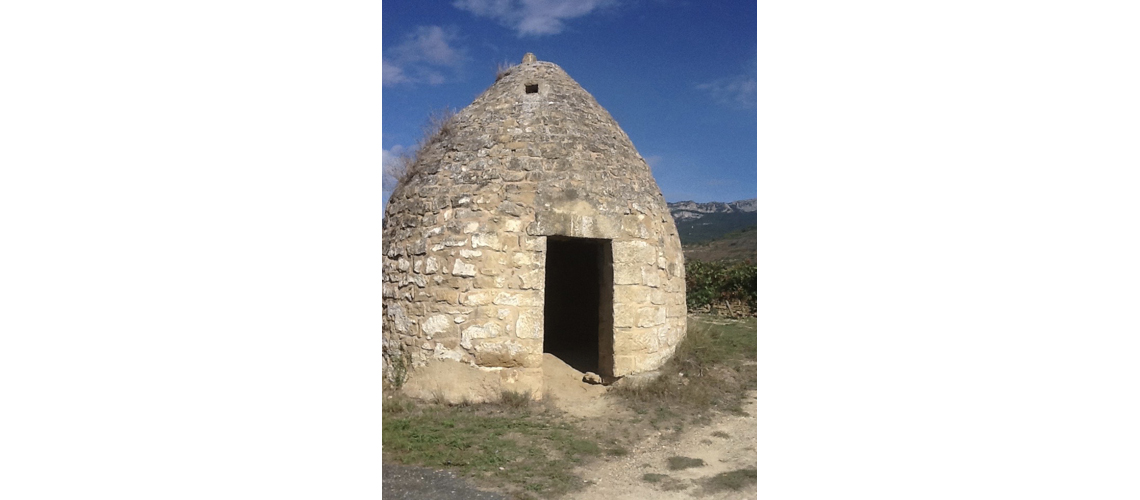
Bodegas Vallemayor, wines to drink
5 February, 2019
Nestares Eguizábal, high elevation vineyards
9 October, 2019At 84 and with a wonderfully clear mind, Garrido recalls what Rioja was like in the old days —over a dozen wineries sold the entire production. “I was weaned on a porrón (a traditional wine pitcher)”, he says. There is no exaggeration on this claim. His father, Vicente Garrido, was one of the region’s greatest négociants —armed with a candle and a glass, he tasted thousands and thousands of growers’ tanks that were later purchased by the historic producers to finish their blends. Since he was a child, Eduardo accompanied his dad to work. “He was the best taster I’ve ever known,” reminisces Eduardo. “I never saw him making a mistake.”

With the help of his daughter Amelia, Eduardo Garrido still manages his small winery in Ábalos where he makes classic-style but fruit-driven wines. Eduardo Garrido García (Semicrianza, Crianza, Reserva and Gran Reserva) are his wines. “I’m old school; I only know how to make fine wines and I barely own two hectares,” he says. “I’ve always been fond of blending -Garnacha from Rioja Baja is great to blend with our local Tempranillo and we also add a little bit of Graciano to our Gran Reserva. If the truth be told, I don’t even understand the language of winemakers these days!,” he jokes.
Amelia is now the key figure at Bodegas Eduardo Garrido, which exports a sizeable part of its production to the US. A part-time resident in Miami, Amelia takes care of the increasingly burdensome admin jobs. “I grew up among vines and tanks with my grandfather and my father; it’s tough to juggle the management of the winery here with my family life in the US, but it is also very rewarding,” she explains.
A visit to Bodegas Eduardo Garrido is always full of surprises. Having the chance to talk to a historic producer is a privilege in itself but Eduardo Garrido is also a great collector. On the first floor of his house-cum-bodega, Garrido boasts a veritable ethnographic museum -an indescribable and unclassifiable collection of memorabilia which his daughter Amelia is set on cataloging even though she is aware that it will take her well over a year. All kinds of artifacts adorn the space: a variety of farming and winemaking tools (skins, traditional conical buckets called comportillos, presses…), dozens and dozens of graphic documents and texts from the days of the Spanish Republic, the Civil War, the post-war and the dictatorship…
The museum will surprise visitors. Among its hundreds of books, there are wonderful curiosities such as El Arte de Cocinar (The Art of Cooking), an original publication from 1728 that is an object of desire for many Michelin-starred chefs but if you visit this bodega, pay special attention to one of them: a winemaking treaty, hand-written in calligraphy and with drawings of the entire process, written by Vicente Garrido, Eduardo’s father, during his studies at Haro’s Oenological Station in 1919-1920.




